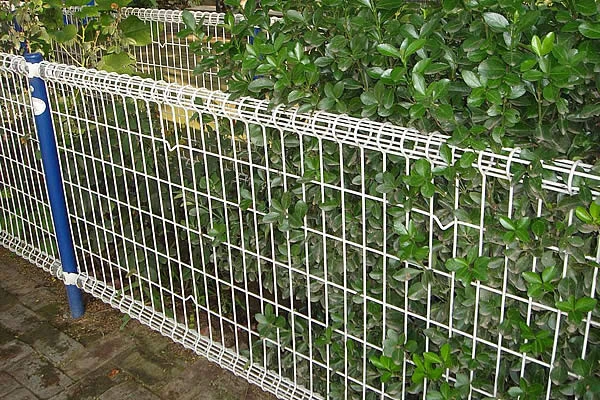 TEL:
+86-13102802206
TEL:
+86-13102802206
 Email:
fencenetting@china.com
Email:
fencenetting@china.com
 Language
Language
 TEL:
+86-13102802206
TEL:
+86-13102802206
 Email:
fencenetting@china.com
Email:
fencenetting@china.com
 Language
Language


The Importance of a Temporary Fence Around Your Garden
Creating and maintaining a beautiful garden is a rewarding endeavor, but it often comes with its own set of challenges. One of the most effective solutions to protect your plants and enhance your gardening experience is the installation of a temporary fence around your garden. This article explores the various benefits of using a temporary fence, how it can serve as a protective barrier, and some practical tips for selecting and installing one.
The Importance of a Temporary Fence Around Your Garden
In addition to safeguarding your garden from animals, a temporary fence can also act as a deterrent against unauthorized access from people. Whether it's curious neighbors or wandering passersby, having a visible barrier can help protect your gardening efforts. A fence not only marks the boundaries of your personal space but also signals to others that your garden is a private area requiring respect.

Moreover, a temporary fence can provide safety in an active family environment. If you have children, a garden can be a wonderful playground for them to learn about nature. However, it’s essential to ensure their safety while they play. A temporary fence creates a secure area for children, reducing the risk of them wandering off into potentially unsafe areas or coming into contact with sharp tools or hazardous gardening materials.
When it comes to selecting a temporary fence, there are various options available. Depending on your needs and budget, you can choose from materials such as lightweight plastic, wood, or even metal designs. A common choice for gardens is a picket-style fence, which offers both aesthetics and functionality. Before making a decision, consider the height and strength of the fence. If you have particularly determined animals around, a taller fence may be necessary to keep them out.
Installation of a temporary fence is relatively simple and can often be done without professional help. It’s essential to properly secure the fence to ensure it remains stable, particularly in windy conditions. Depending on the type of fence you choose, you may need to install posts, use ground stakes, or apply tension to keep the fence taut. Furthermore, be sure to position the fence at least a few feet away from the plants to avoid accidental damage during installation and maintenance.
In conclusion, a temporary fence around your garden is an investment that can yield significant rewards. By providing protection from pests and unauthorized access, it allows your plants to flourish in a safe and secure environment. With the added benefits of enhanced safety for children and ease of installation, a temporary fence can be a practical and attractive addition to your gardening toolkit. Whether you are a seasoned gardener or a beginner, consider installing a temporary fence to help you get the most out of your gardening experience.